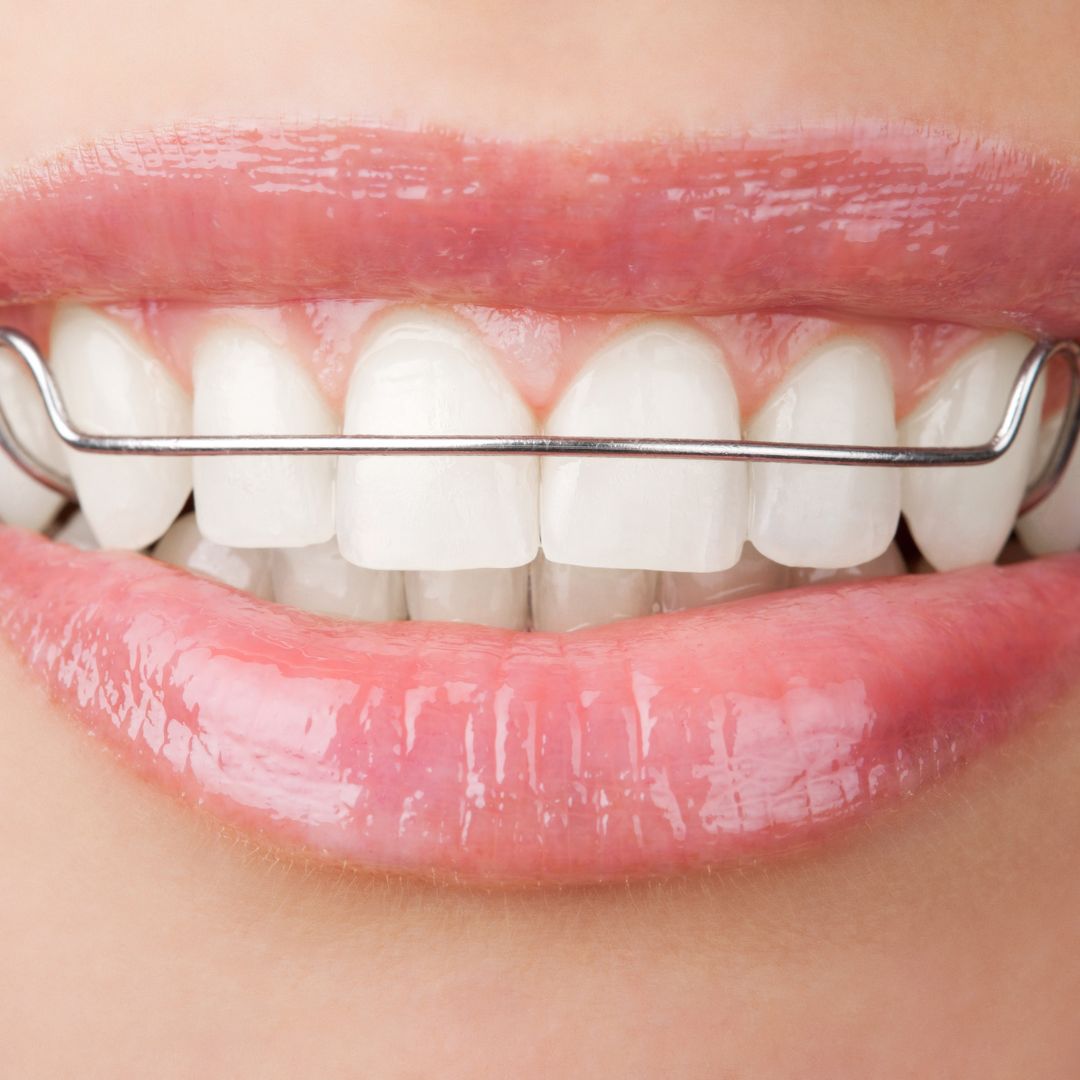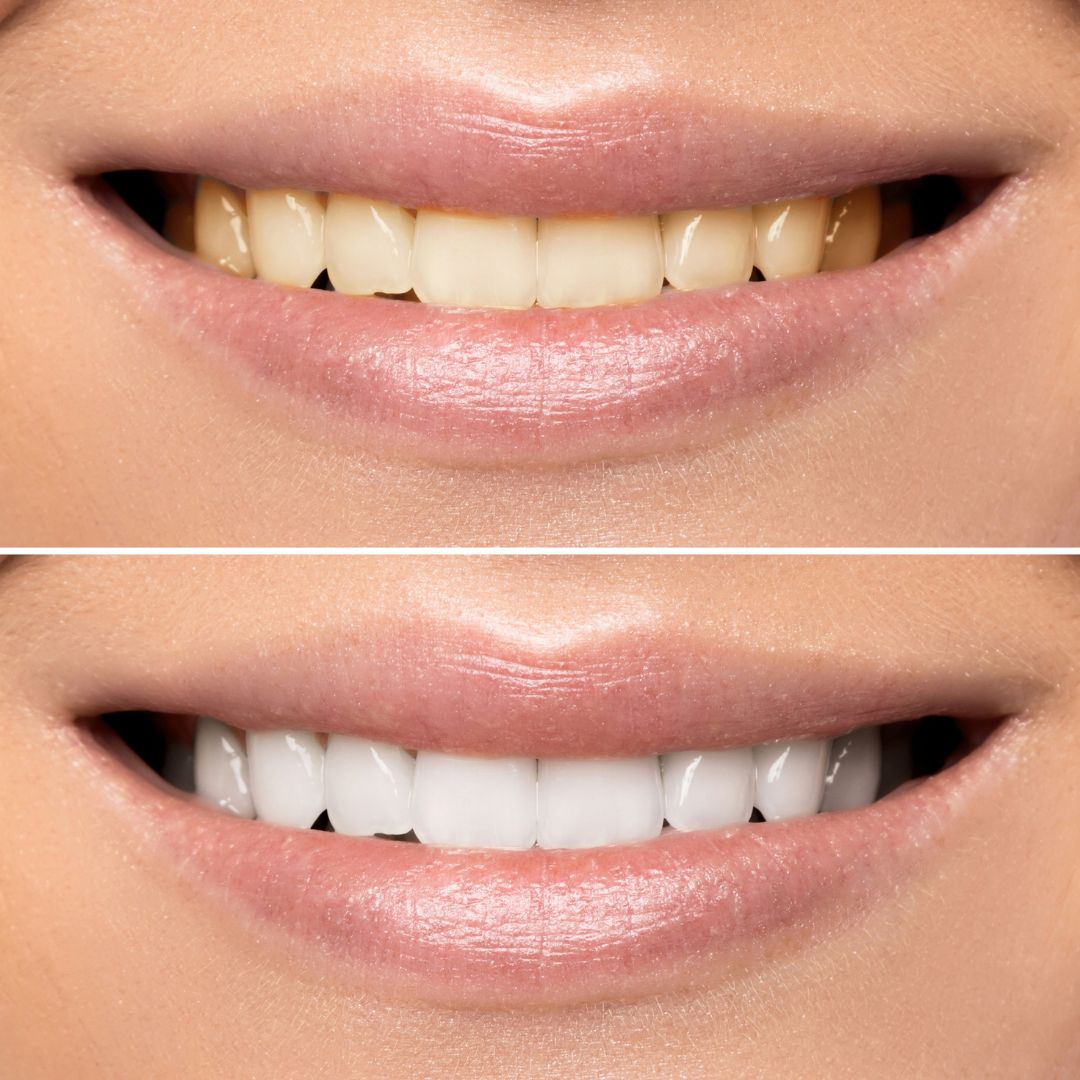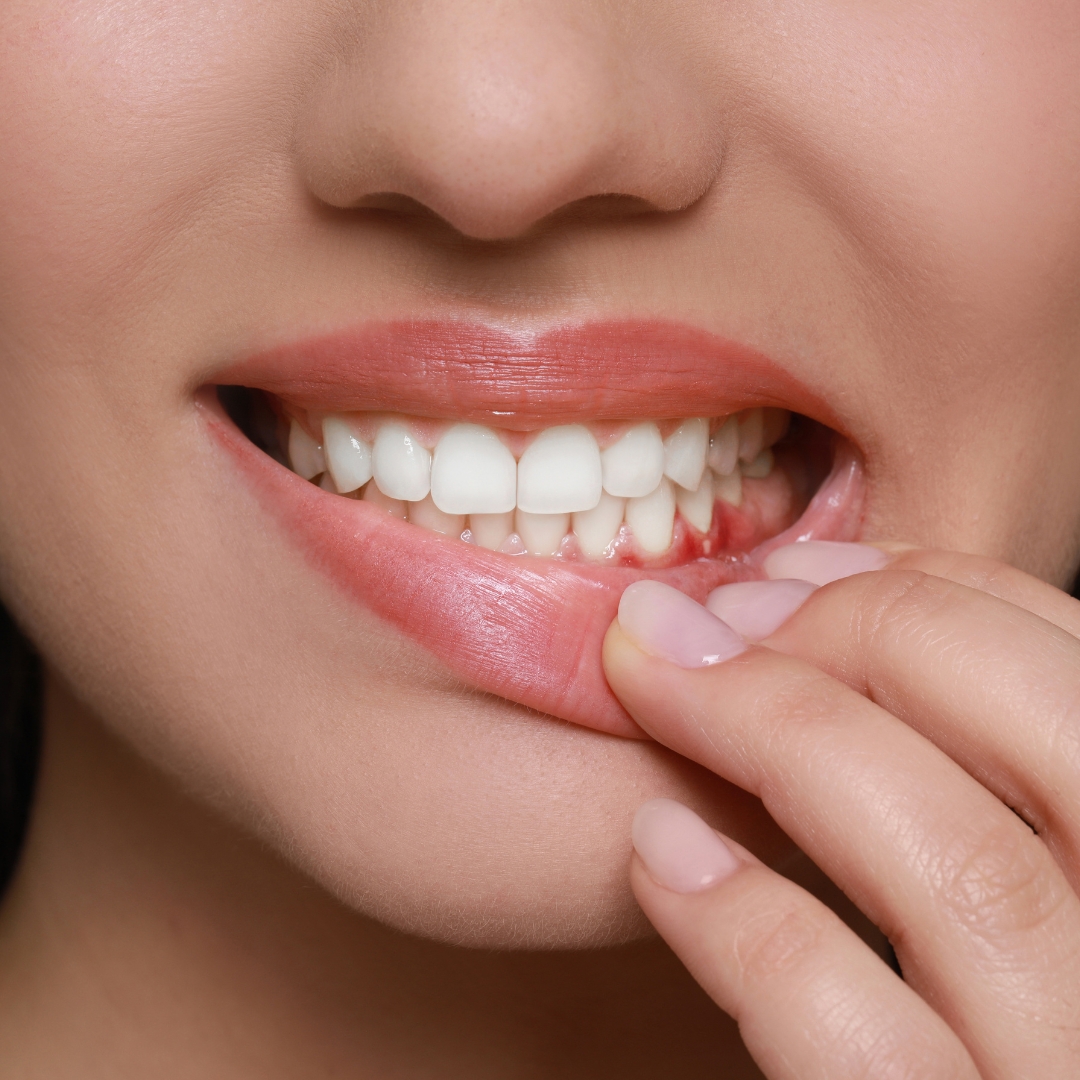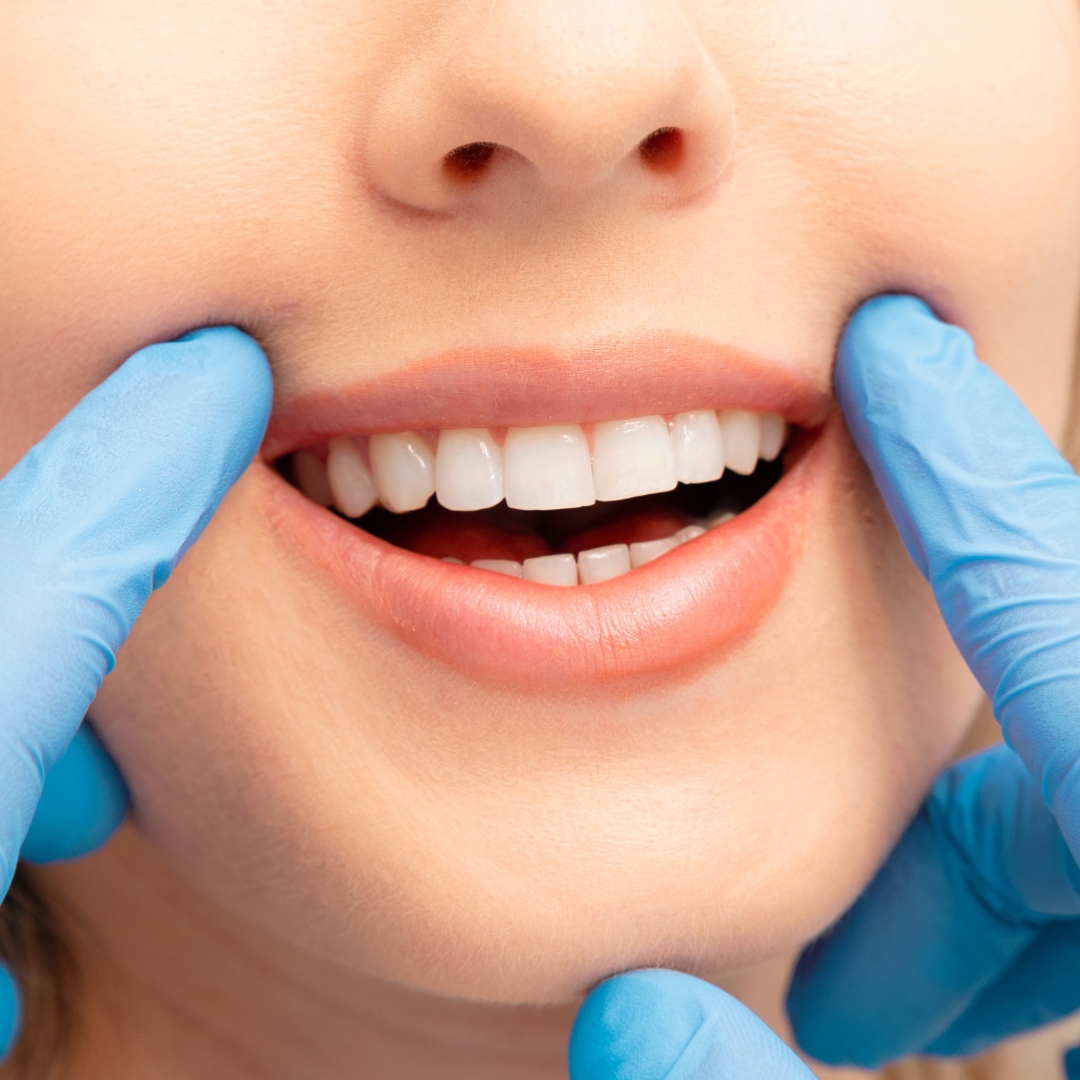How to Fix Buck Teeth in Children: Early Treatment Tips for Parents
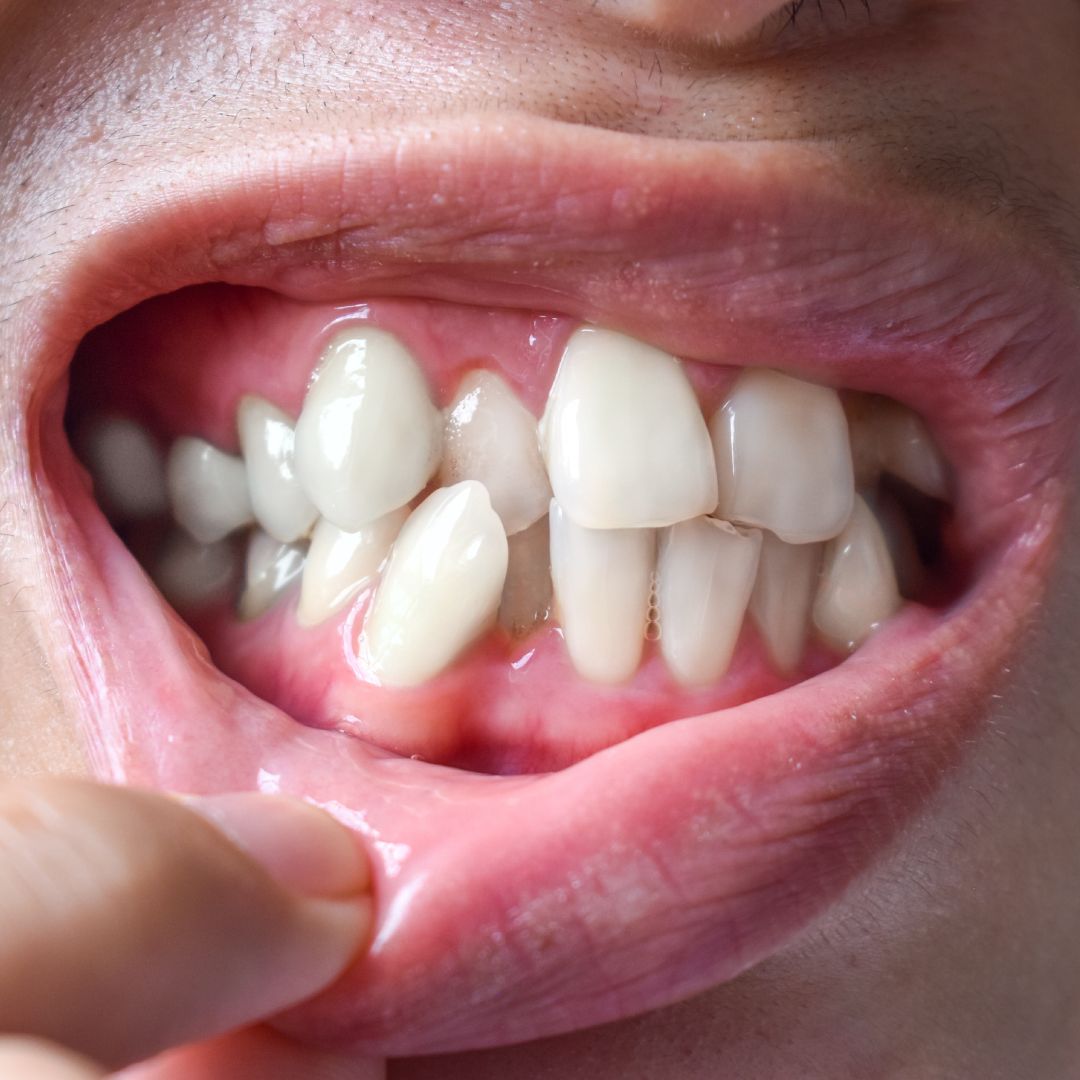
Strong 8k brings an ultra-HD IPTV experience to your living room and your pocket.
Buck teeth, medically referred to as overjet, occur when a child’s upper front teeth protrude noticeably over the lower teeth. While often considered a cosmetic issue, buck teeth can lead to more serious problems, such as difficulty eating or speaking, increased risk of dental injury, and emotional distress. Fortunately, early detection and intervention can make a significant difference in correcting this condition. In this article, we’ll explore how to fix buck teeth in children, provide early treatment tips for parents, and discuss the importance of consulting a qualified dentist Mt Druitt or your local area.
Understanding the Causes of Buck Teeth
Buck teeth can be caused by a variety of factors, including:
Genetics: If one or both parents had buck teeth, there’s a higher chance the child might develop them as well.
Prolonged Thumb Sucking or Dummy Use: Extended use of pacifiers or thumb sucking beyond the age of 3 can push the upper teeth forward.
Tongue Thrusting: A habit where the tongue pushes against the front teeth during swallowing or speaking.
Jaw Growth Issues: An imbalance between upper and lower jaw growth may result in misalignment.
Identifying the root cause is the first step toward finding an effective solution.
When Should You Start Treatment?
Early intervention is often the key to successfully managing and correcting buck teeth. Most dentists recommend an orthodontic assessment by age 7. At this age, a mix of baby and permanent teeth are present, and early signs of jaw or bite issues can be detected and treated more easily.
That said, each child is different. Some may require monitoring over time, while others may benefit from early treatment options to prevent worsening of the condition.
Early Treatment Options for Buck Teeth
1. Behavioural Modification
For young children who still suck their thumb or use a dummy, addressing this habit is crucial. Encourage your child to stop thumb sucking by using positive reinforcement or consulting with a dentist or paediatrician for behaviour management techniques.
2. Myofunctional Therapy
Myofunctional therapy focuses on correcting improper tongue posture and function. This can be especially effective in children who tongue-thrust, helping to retrain the tongue and reduce pressure on the front teeth.
3. Orthodontic Appliances
In some cases, early orthodontic appliances, such as expanders or functional braces, may be used. These devices can guide the growth of the jaw, correct bite alignment, and reduce the severity of the overjet.
Some common appliances include:
Palatal Expanders: These widen the upper jaw to improve alignment.
Headgear: Used in more severe cases to control jaw growth.
Braces or Aligners: While often used in teens, some children may benefit from early-stage orthodontic braces to begin correcting the overjet.
4. Regular Dental Check-ups
Routine dental visits are vital for monitoring your child’s oral development. A dentist Mt Druitt or your local area can identify changes in the bite early on and recommend the best course of action.
If your child’s overjet is caused by a developmental issue, early referral to an orthodontist may be necessary. Catching problems early can reduce treatment time and complexity later on.
Why See a Dentist in Mt Druitt?
If you’re in Western Sydney, finding a local and trusted dentist Mt Druitt ensures you have access to tailored care close to home. A local dentist can offer:
- Regular monitoring and preventive care
- Timely referrals to orthodontic specialists
- Familiarity with the community and patient history
- Working with a dentist who understands your child’s needs and can coordinate long-term care makes the treatment journey smoother and less stressful.
Preventive Tips for Parents
While not all cases of buck teeth can be prevented, there are steps you can take to reduce your child’s risk:
- Limit thumb sucking and dummy use after age 3.
- Encourage proper tongue and mouth posture.
- Ensure good oral hygiene and regular dental visits.
- Watch for early signs of misalignment, such as mouth breathing or speech difficulties.
Being proactive can make all the difference in your child’s oral development.
In summary, buck teeth in children can be concerning for parents, but with early detection and appropriate treatment, they can often be corrected effectively. Understanding how to fix buck teeth begins with recognising the signs early and consulting professionals who specialise in paediatric dental care. Whether through behavioural changes, orthodontic devices, or myofunctional therapy, there are several ways to support your child’s dental health. Partnering with a trusted dentist Mt Druitt or your local area ensures your child receives the care they need from a young age, setting them up for a confident and healthy smile in the future. Early action not only helps avoid more complex treatments later but also boosts your child’s self-esteem and overall well-being. Don’t wait—book a dental check-up today and give your child the best start to a beautiful smile.
Note: IndiBlogHub features both user-submitted and editorial content. We do not verify third-party contributions. Read our Disclaimer and Privacy Policyfor details.



